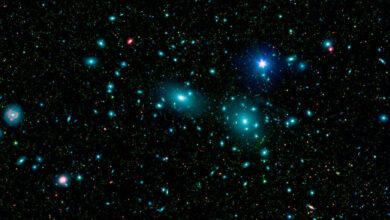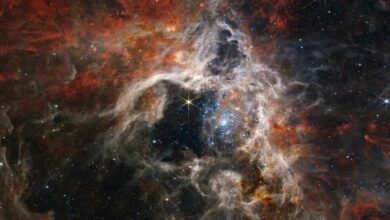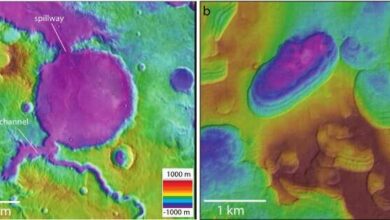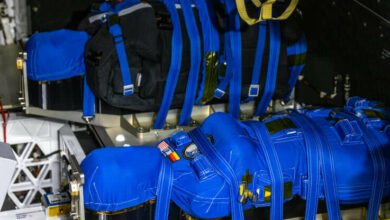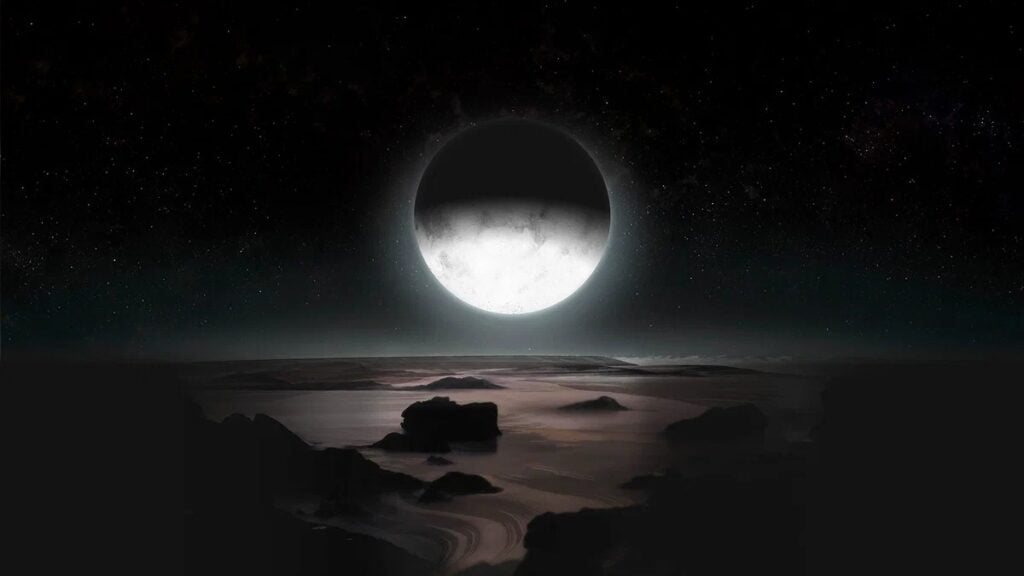
Pluto as seen by NASA’s New Horizons spacecraft
(ORDO NEWS) — On July 14, 2015, the first and so far the last NASA spacecraft in history flew past Pluto “New Horizons” , which told us a lot of interesting things about such an amazing object of the solar system.
As you know, in 2006, Pluto was unfairly - or rather erroneously - stripped of planet status , which turned it into a “dwarf planet.”
However, the New Horizons mission proved that Pluto is much more complex than similar “dwarfs” in the solar system.
For example:
- Pluto has an atmosphere and it is quite dense. Because of it, for a long time it was not possible to determine the true size of Pluto;
- Pluto has five moons! Its largest satellite, Charon, has a diameter of 1,212 kilometers, despite the fact that Pluto’s diameter is 2,376.6 kilometers. Thus, Charon is only ~50% smaller than Pluto, while the Moon is almost 4 times smaller than the Earth;
- Pluto has a giant plain, the existence of which can be explained by the presence of a subsurface ocean (in fact, this has already been proven). That is, at some point, liquid water comes out, which fills craters and faults, and then freezes, which leads to a natural renewal of the surface.
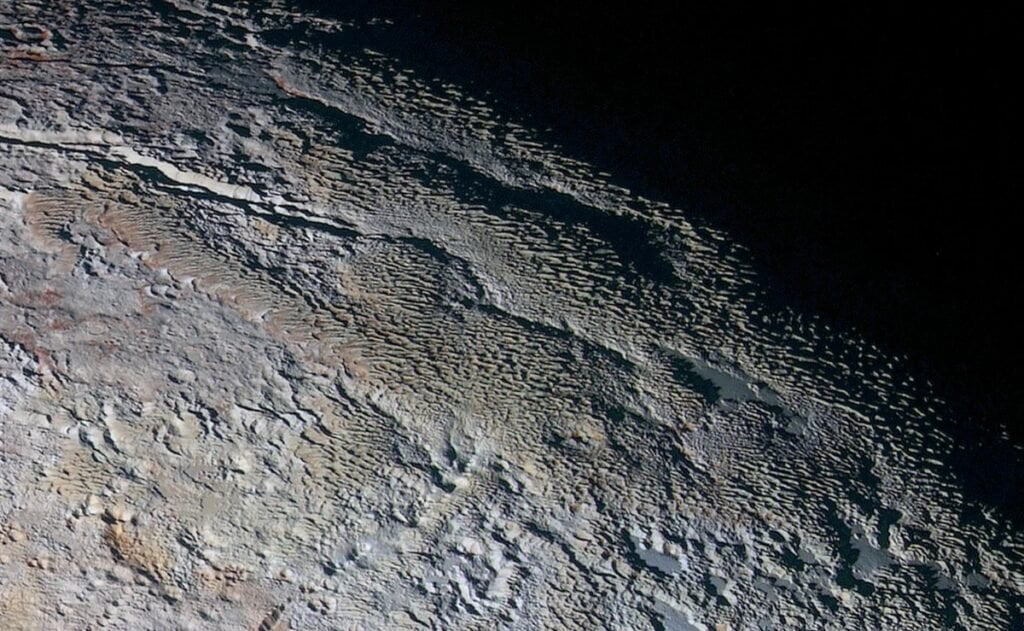
The New Horizons probe passed 12,472 kilometers from the surface of Pluto, so the imagery has limited detail.
Despite this, craters, mountains, ice flats, and a red-brown surface can be seen. The specific color of the surface is due to the presence of a large amount of organics - chemical compounds that include carbon.
It is worth noting that in the Kuiper belt, where Pluto lives, many objects have a red-brown color, which can be called a distinctive feature of this region of the solar system.
—
Online:
Contact us: [email protected]
Our Standards, Terms of Use: Standard Terms And Conditions.


